Home>Furniture & Design>Interior Design Trends>How Thick Is Aquarium Glass
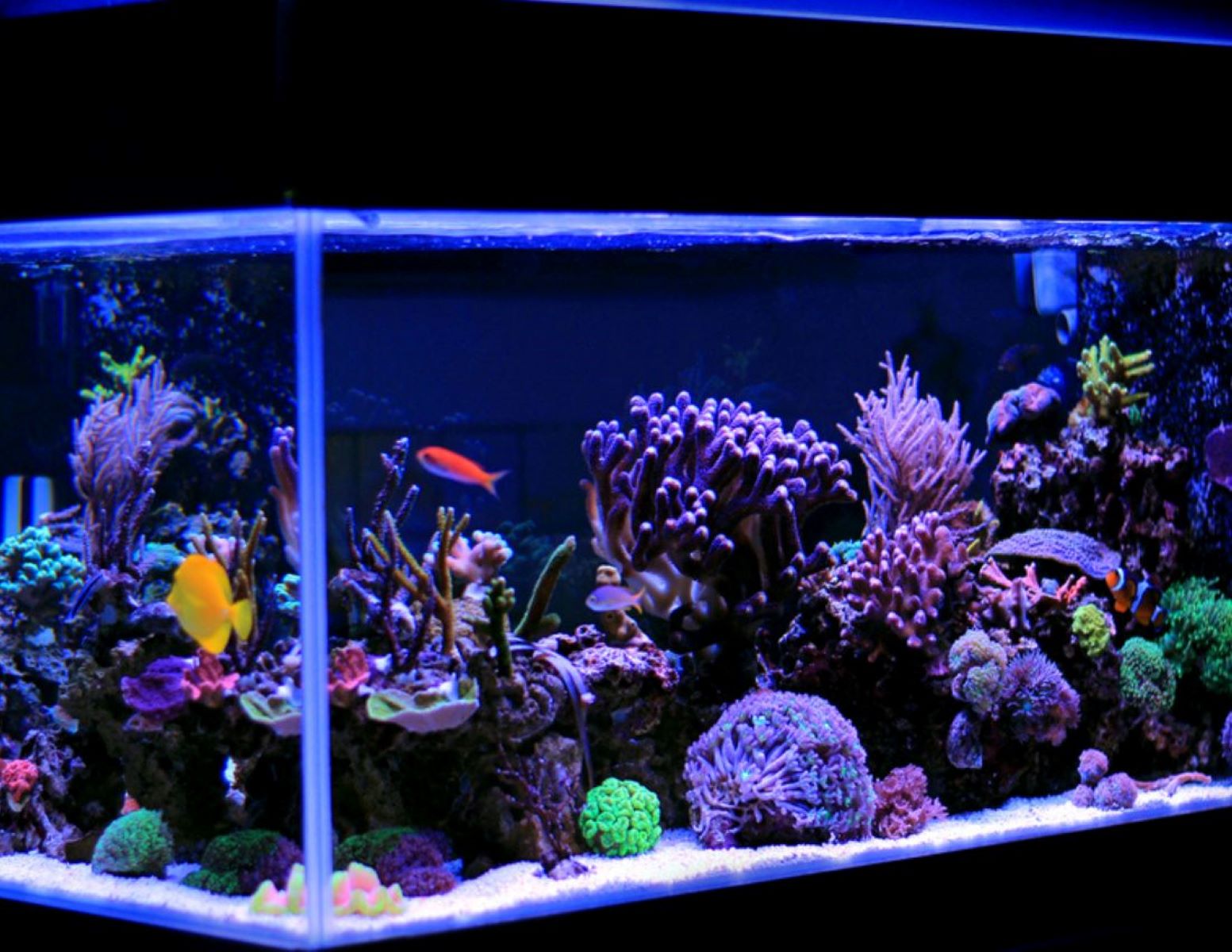

Interior Design Trends
How Thick Is Aquarium Glass
Published: February 3, 2024
Discover the latest interior design trends for aquarium glass thickness. Learn how to choose the right thickness for your aquarium.
(Many of the links in this article redirect to a specific reviewed product. Your purchase of these products through affiliate links helps to generate commission for Storables.com, at no extra cost. Learn more)
Introduction
When it comes to setting up a stunning aquarium, choosing the right glass thickness is crucial for ensuring the safety and longevity of your aquatic habitat. The thickness of aquarium glass plays a pivotal role in withstanding the immense pressure exerted by the water, thereby safeguarding the aquatic environment and its inhabitants. Understanding the factors that influence the selection of the appropriate glass thickness is essential for any aquarist or hobbyist.
The structural integrity of an aquarium is directly linked to the thickness of its glass panels. A well-constructed aquarium with the right glass thickness not only provides a captivating display but also ensures the safety of the aquatic ecosystem it houses. Whether you are a seasoned aquarist or a novice enthusiast, comprehending the significance of aquarium glass thickness is fundamental to creating a secure and visually appealing aquatic environment.
In this comprehensive guide, we will delve into the various factors that influence the selection of aquarium glass thickness, explore the standard thickness for different aquarium sizes, and highlight the safety considerations associated with glass thickness. By the end of this article, you will have gained valuable insights into the critical role that glass thickness plays in the construction and maintenance of aquariums, empowering you to make informed decisions for your aquatic endeavors.
Key Takeaways:
- Choosing the right thickness of aquarium glass is crucial for creating a safe and visually appealing aquatic habitat. Factors like aquarium size, water depth, and material quality influence the selection process.
- Safety is key when it comes to aquarium glass thickness. Consider safety margins, material quality, environmental conditions, and supporting structure to ensure a secure and resilient aquatic environment.
Read more: How Thick Should Aquarium Glass Be
Factors Affecting Aquarium Glass Thickness
The selection of aquarium glass thickness is influenced by several key factors, each of which plays a crucial role in determining the structural integrity and safety of the aquatic habitat. Understanding these factors is essential for making informed decisions when choosing the appropriate glass thickness for an aquarium.
-
Aquarium Size: The dimensions of the aquarium directly impact the required glass thickness. Larger aquariums necessitate thicker glass to withstand the increased water pressure. As the water depth and volume increase, so does the force exerted on the glass panels, making it imperative to select a thickness that can effectively withstand these pressures.
-
Water Depth: The depth of the water within the aquarium is a significant factor in determining the necessary glass thickness. Deeper aquariums subject the glass to higher pressure, requiring thicker panels to prevent bowing or potential failure. The water depth directly correlates to the hydrostatic pressure exerted on the glass, emphasizing the need for appropriate thickness to maintain structural stability.
-
Aquarium Shape: The shape of the aquarium, whether rectangular, cylindrical, or bow-front, influences the distribution of pressure on the glass panels. Curved or non-standard shapes may require custom thickness calculations to ensure uniform strength and support across the entire structure.
-
Material Quality: The quality of the glass used in aquarium construction is paramount. High-quality, durable glass is essential for withstanding the constant pressure and potential impacts within the aquatic environment. Inferior glass may compromise the safety and longevity of the aquarium, making it imperative to prioritize material quality when determining the appropriate thickness.
-
Safety Margins: Incorporating safety margins into the glass thickness calculation is crucial for mitigating potential risks. A safety margin ensures that the glass can withstand unforeseen stress factors, such as accidental impacts or uneven weight distribution, without compromising its structural integrity.
-
Environmental Conditions: The environmental conditions in which the aquarium will be situated, including temperature variations and potential seismic activity, should be considered when determining the appropriate glass thickness. Adverse environmental factors can impact the stress levels experienced by the glass, necessitating a thorough evaluation of the surrounding conditions.
-
Supporting Structure: The design and quality of the aquarium's supporting structure, including the frame and seals, directly influence the required glass thickness. A well-engineered support system complements the glass thickness, enhancing the overall stability and safety of the aquarium.
By taking these factors into account, aquarists and hobbyists can make informed decisions regarding the selection of aquarium glass thickness, ensuring the creation of a secure and enduring aquatic habitat.
Standard Thickness for Different Aquarium Sizes
Selecting the appropriate glass thickness for an aquarium is paramount to ensuring the safety and structural integrity of the aquatic environment. The standard thickness of aquarium glass varies based on the size and dimensions of the tank, with larger aquariums requiring thicker glass to withstand the increased water pressure. Understanding the recommended glass thickness for different aquarium sizes is essential for aquarists and hobbyists seeking to create a secure and visually captivating aquatic habitat.
For small to medium-sized aquariums, typically ranging from 10 to 55 gallons, the standard glass thickness ranges from 1/4 inch to 3/8 inch (6 to 10 mm). These aquariums, often utilized for freshwater or saltwater fish, plants, and invertebrates, can effectively maintain structural stability with the specified glass thickness. The 1/4 inch (6 mm) glass is commonly suitable for aquariums up to 30 gallons, while the 3/8 inch (10 mm) thickness is recommended for tanks up to 55 gallons. These standard thicknesses provide adequate support for the water pressure exerted within the smaller to medium-sized aquariums, ensuring a secure and visually appealing aquatic display.
In contrast, larger aquariums, ranging from 75 gallons and above, necessitate thicker glass to withstand the heightened water pressure resulting from the increased water depth and volume. For aquariums exceeding 75 gallons, the standard glass thickness typically ranges from 1/2 inch to 3/4 inch (12 to 19 mm). The 1/2 inch (12 mm) glass is commonly recommended for aquariums up to 120 gallons, while the 3/4 inch (19 mm) thickness is suitable for tanks exceeding 120 gallons. These thicker glass panels are essential for providing the necessary structural support to withstand the substantial hydrostatic pressure experienced by larger aquariums, ensuring the safety and longevity of the aquatic habitat.
It is important to note that non-standard aquarium shapes, such as cylindrical or bow-front tanks, may require custom glass thickness calculations to accommodate the unique pressure distribution across the curved surfaces. Additionally, the material quality and safety margins should be carefully considered when determining the appropriate glass thickness for any aquarium size, further enhancing the structural integrity and safety of the aquatic environment.
By adhering to the recommended standard thicknesses for different aquarium sizes and considering the aforementioned factors, aquarists and hobbyists can confidently construct secure and visually stunning aquatic habitats that provide a thriving ecosystem for aquatic life.
When determining the thickness of aquarium glass, it’s important to consider the water pressure it will need to withstand. As a general rule, for every foot of water height, the glass should be at least 1/4 inch thick.
Safety Considerations
Ensuring the safety of an aquarium is paramount, and the consideration of safety factors is crucial in the selection of appropriate glass thickness. By prioritizing safety, aquarists and hobbyists can create a secure aquatic environment that provides a thriving habitat for aquatic life while mitigating potential risks and hazards.
One of the primary safety considerations when determining aquarium glass thickness is the incorporation of safety margins. These margins serve as a buffer, allowing the glass to withstand unforeseen stress factors, such as accidental impacts or uneven weight distribution, without compromising its structural integrity. By including safety margins in the glass thickness calculation, aquarists can enhance the overall safety and resilience of the aquarium, providing a safeguard against potential vulnerabilities.
Furthermore, the quality of the glass material is a fundamental safety consideration. Opting for high-quality, durable glass is essential for withstanding the constant pressure and potential impacts within the aquatic environment. Inferior glass may compromise the safety and longevity of the aquarium, making it imperative to prioritize material quality when determining the appropriate glass thickness. By selecting premium-grade glass, aquarists can significantly reduce the risk of structural failure and ensure the safety of the aquatic habitat.
Environmental conditions also play a pivotal role in safety considerations. Factors such as temperature variations and potential seismic activity in the aquarium's surroundings should be carefully evaluated when determining the appropriate glass thickness. Adverse environmental conditions can impact the stress levels experienced by the glass, necessitating a thorough assessment to ensure the structural integrity and safety of the aquarium in diverse environmental settings.
Additionally, the supporting structure of the aquarium, including the frame and seals, directly influences safety. A well-engineered support system complements the glass thickness, enhancing the overall stability and safety of the aquarium. By ensuring that the supporting structure is robust and reliable, aquarists can fortify the safety of the aquarium, providing a secure foundation for the aquatic habitat.
By meticulously considering safety margins, prioritizing material quality, evaluating environmental conditions, and fortifying the supporting structure, aquarists and hobbyists can establish a safe and resilient aquatic environment. These safety considerations, when integrated into the selection of aquarium glass thickness, contribute to the creation of a secure and enduring habitat that fosters the well-being of aquatic life.
Conclusion
In conclusion, the thickness of aquarium glass is a critical component in the construction and maintenance of aquatic habitats. By understanding the factors that influence glass thickness selection, aquarists and hobbyists can make informed decisions to create secure and visually captivating aquariums. The dimensions of the aquarium, water depth, shape, material quality, safety margins, environmental conditions, and supporting structure all play pivotal roles in determining the appropriate glass thickness.
For small to medium-sized aquariums, ranging from 10 to 55 gallons, standard glass thicknesses of 1/4 inch to 3/8 inch (6 to 10 mm) are recommended. These thicknesses provide adequate support for the water pressure exerted within these aquariums, ensuring structural stability. In contrast, larger aquariums exceeding 75 gallons require thicker glass panels, typically ranging from 1/2 inch to 3/4 inch (12 to 19 mm), to withstand the heightened water pressure resulting from increased depth and volume.
Safety considerations, including the incorporation of safety margins, material quality, environmental conditions, and the supporting structure, are paramount in ensuring the safety and resilience of aquariums. By prioritizing safety, aquarists can mitigate potential risks and hazards, creating secure aquatic environments that provide thriving habitats for aquatic life.
In essence, the selection of appropriate glass thickness is a balance between structural integrity, safety, and visual appeal. By adhering to recommended standard thicknesses for different aquarium sizes and considering safety factors, aquarists and hobbyists can confidently construct secure and visually stunning aquatic habitats that foster the well-being of aquatic life. The careful consideration of glass thickness, coupled with a commitment to safety and quality, ensures that aquariums not only provide a captivating display but also serve as safe and enduring habitats for a diverse array of aquatic species.
Frequently Asked Questions about How Thick Is Aquarium Glass
Was this page helpful?
At Storables.com, we guarantee accurate and reliable information. Our content, validated by Expert Board Contributors, is crafted following stringent Editorial Policies. We're committed to providing you with well-researched, expert-backed insights for all your informational needs.
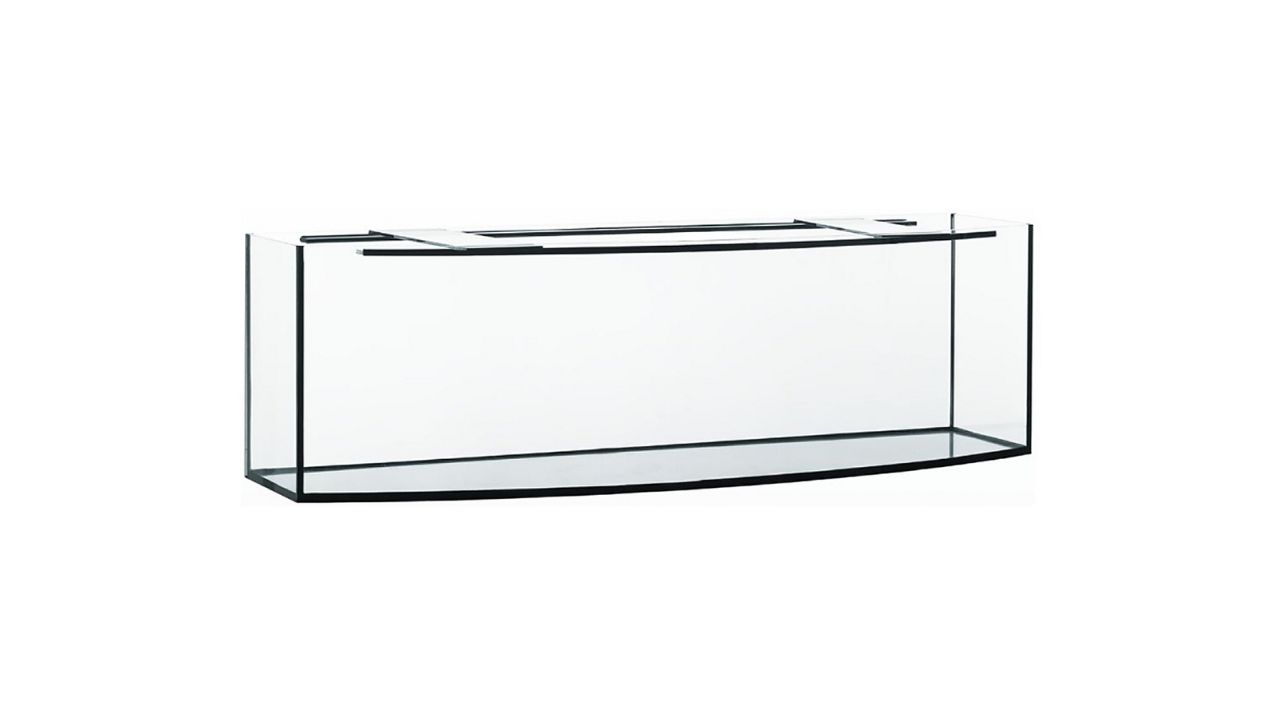
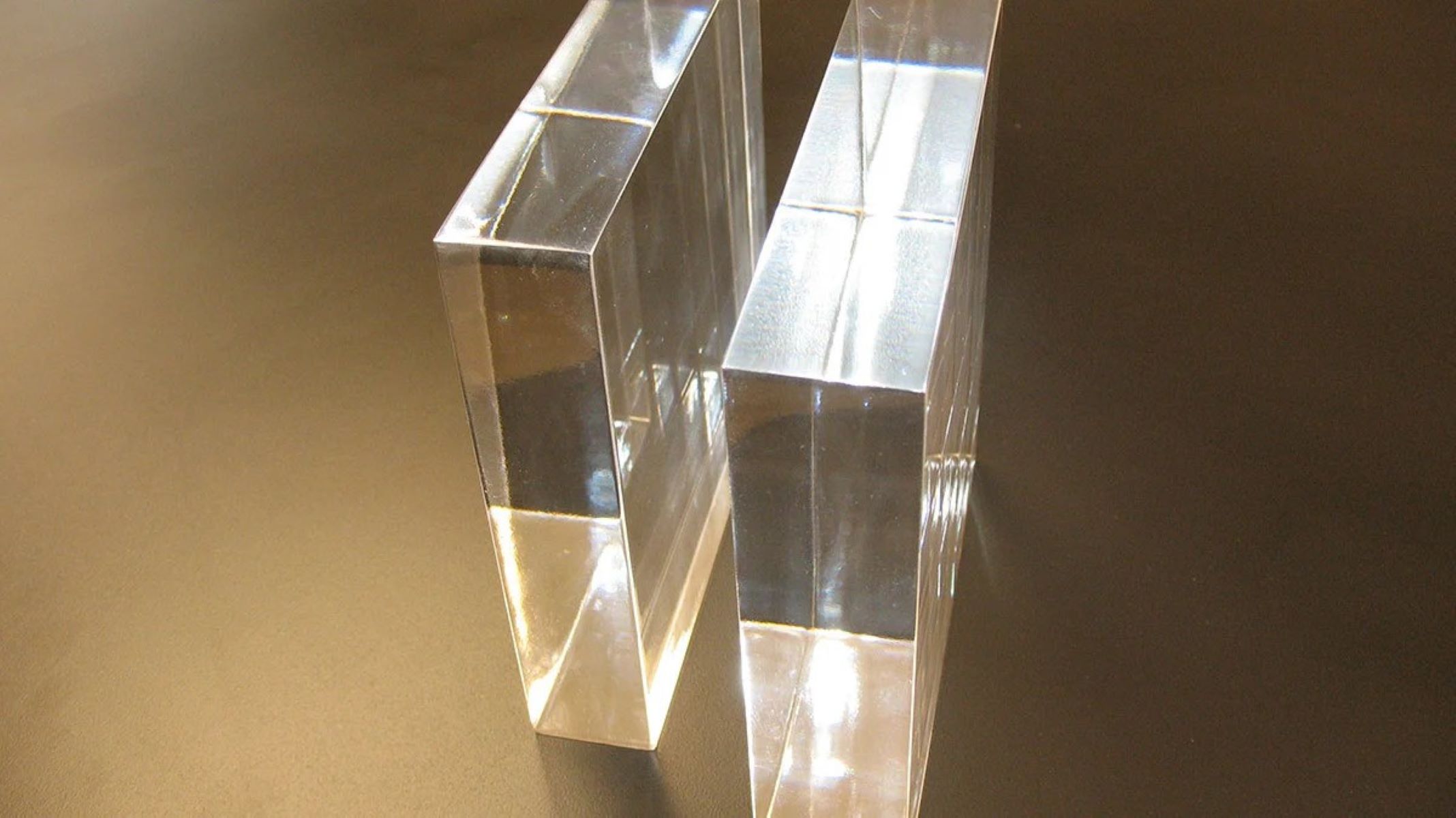

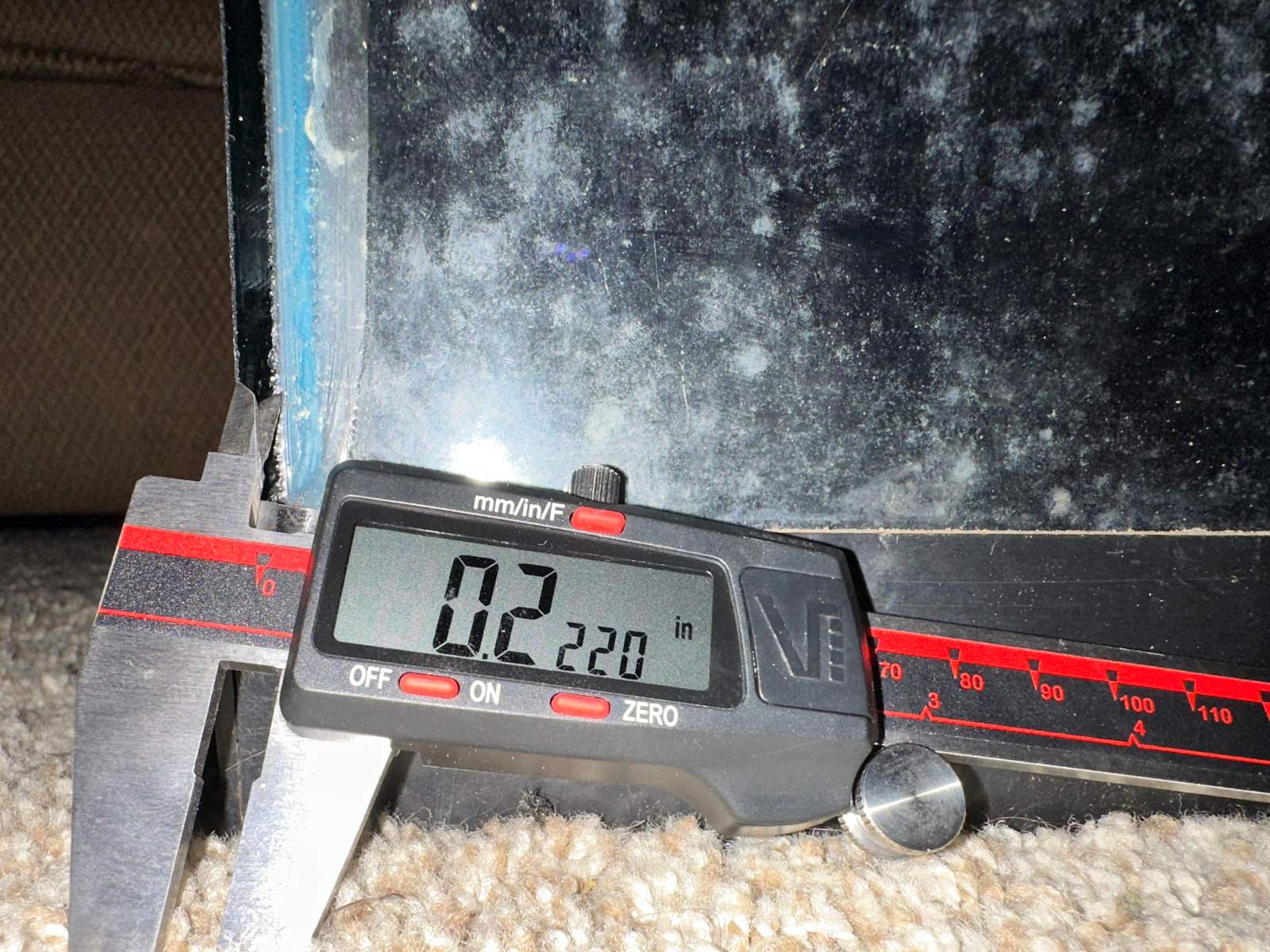
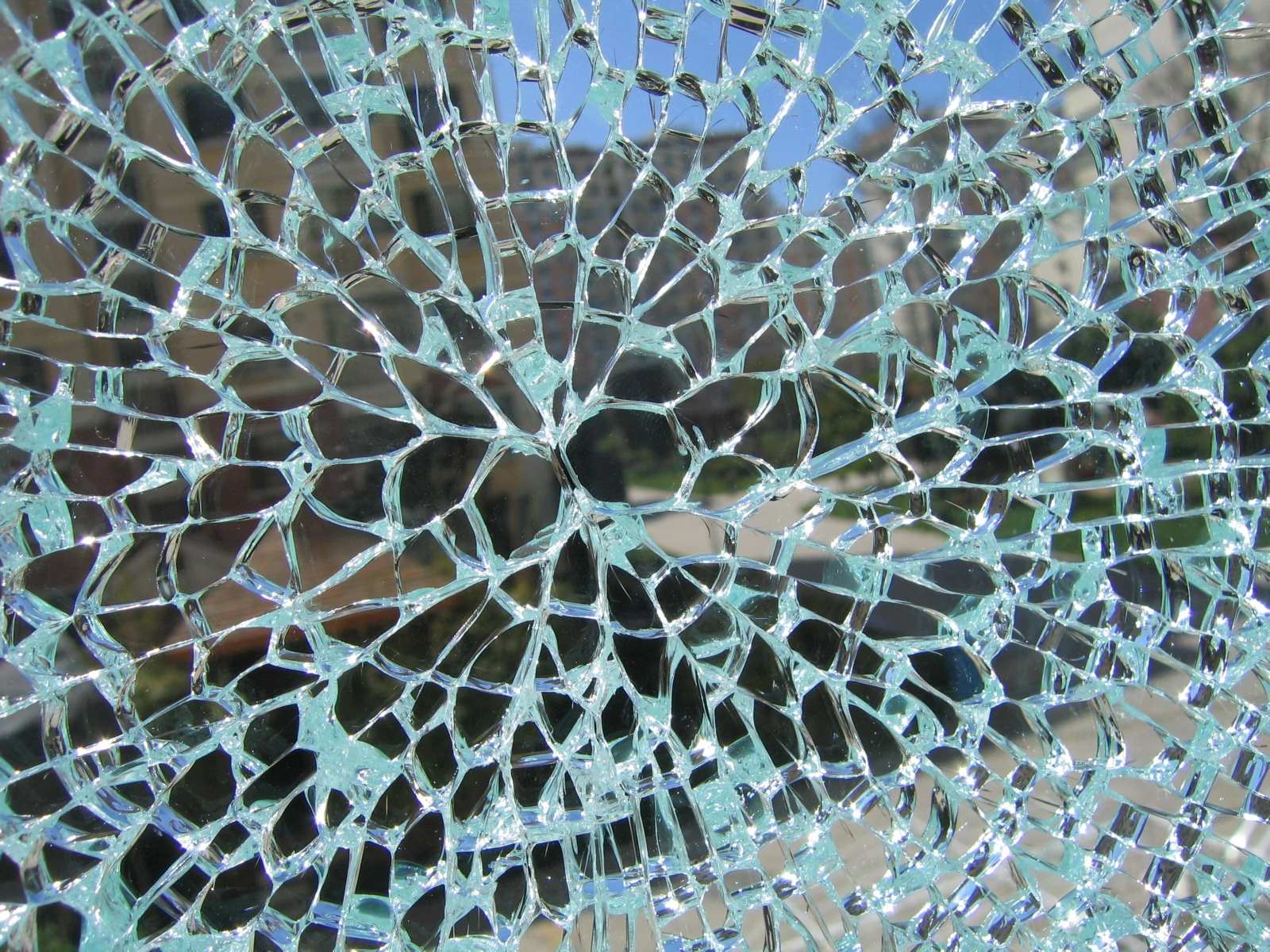
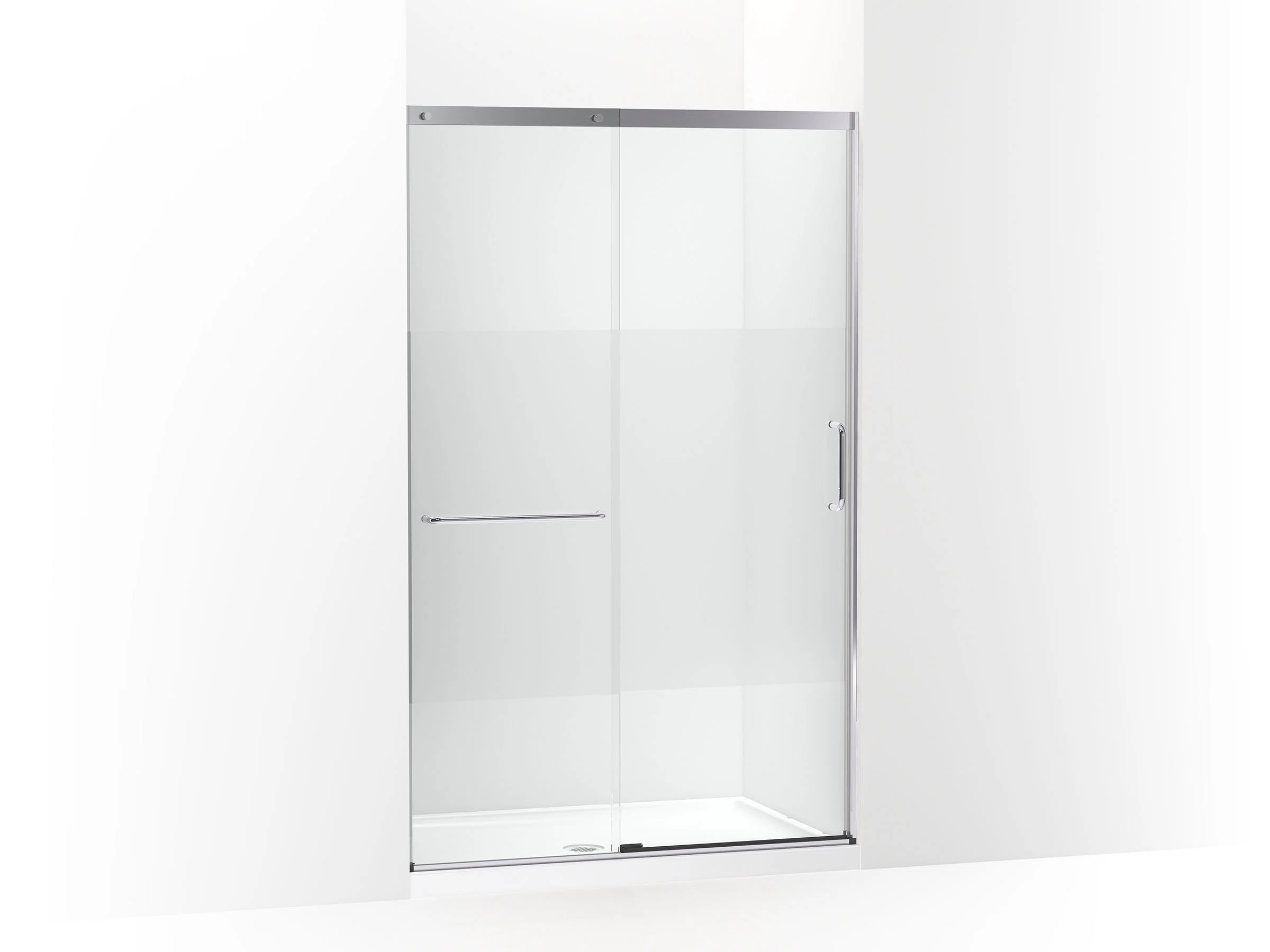

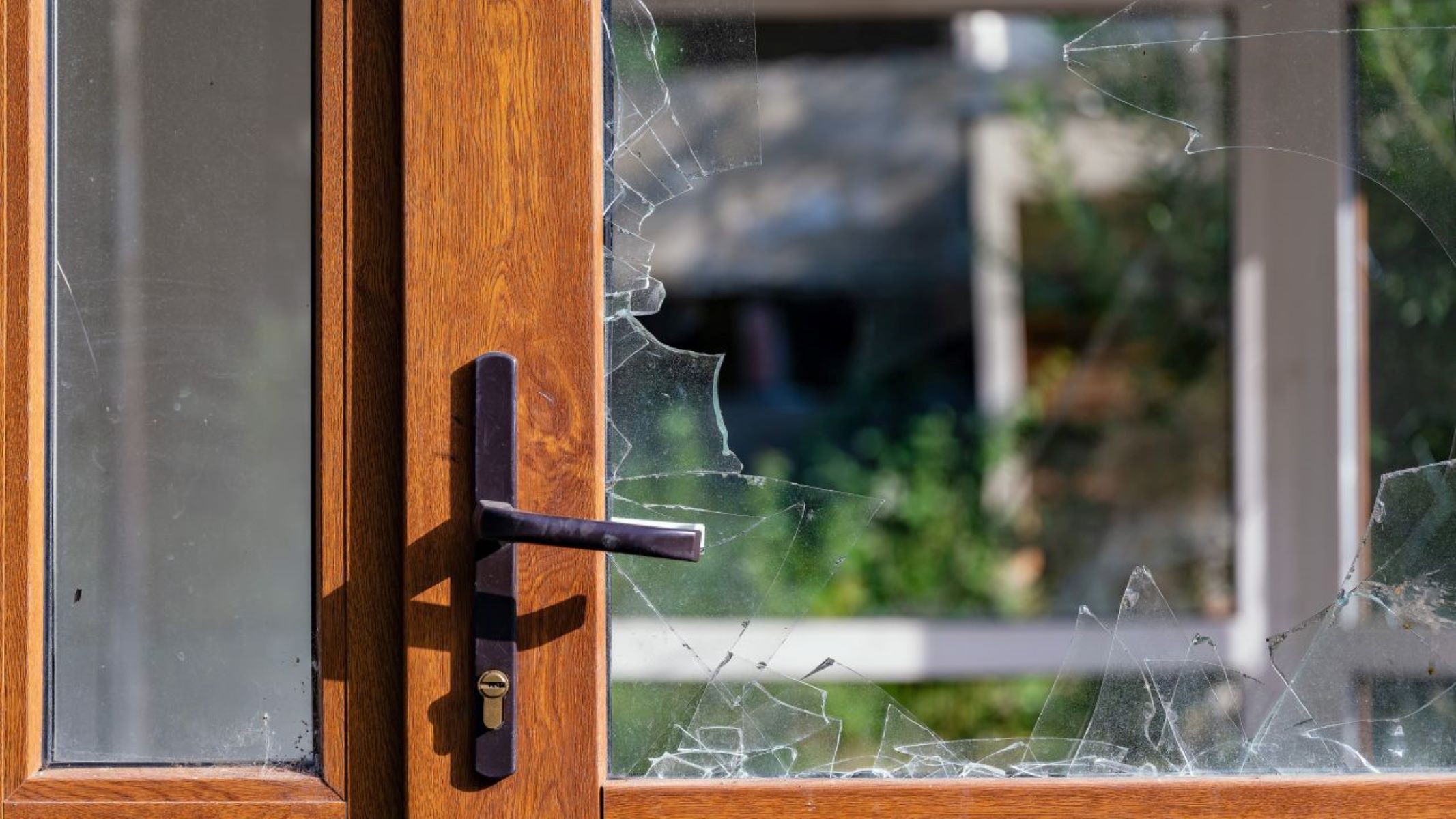
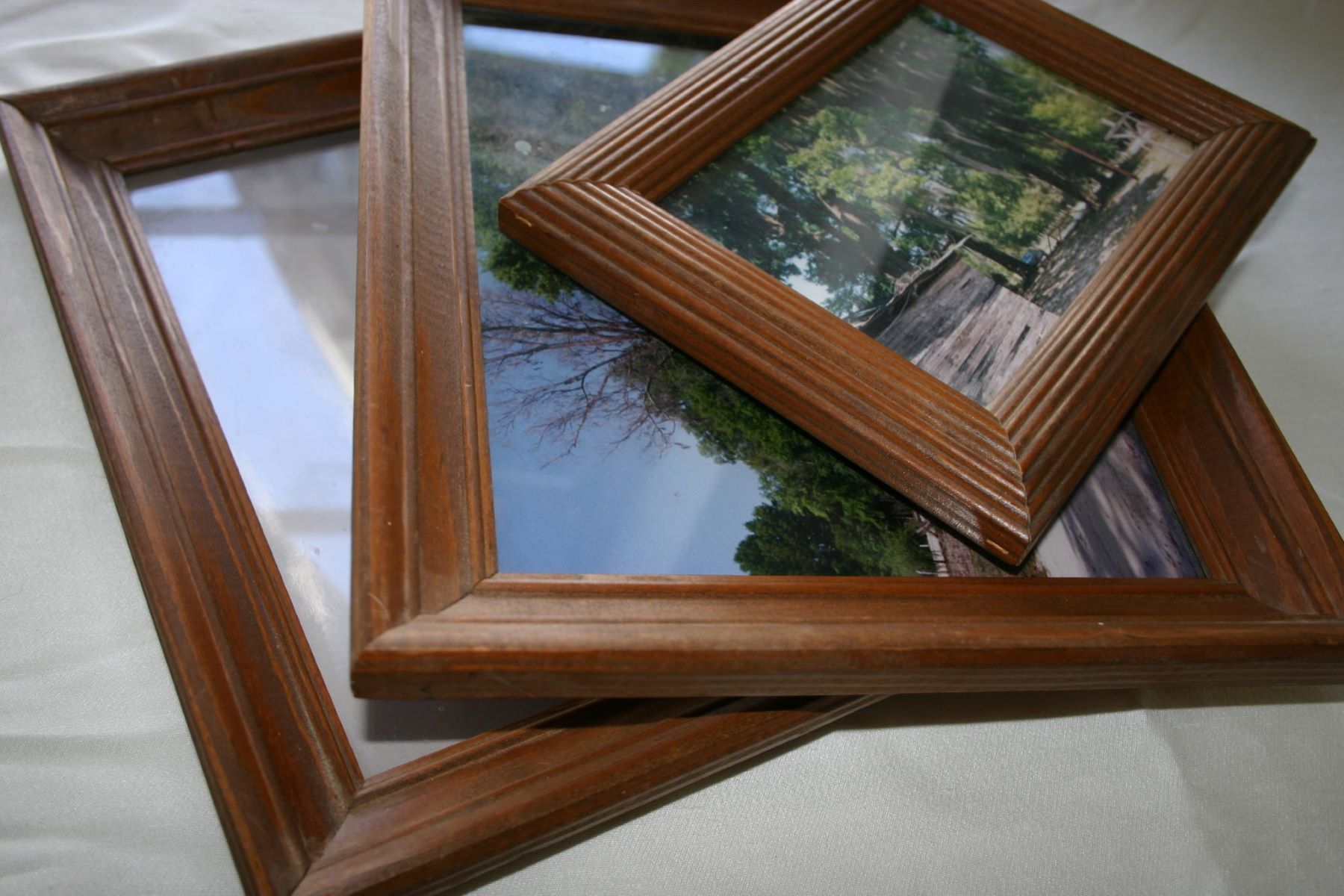
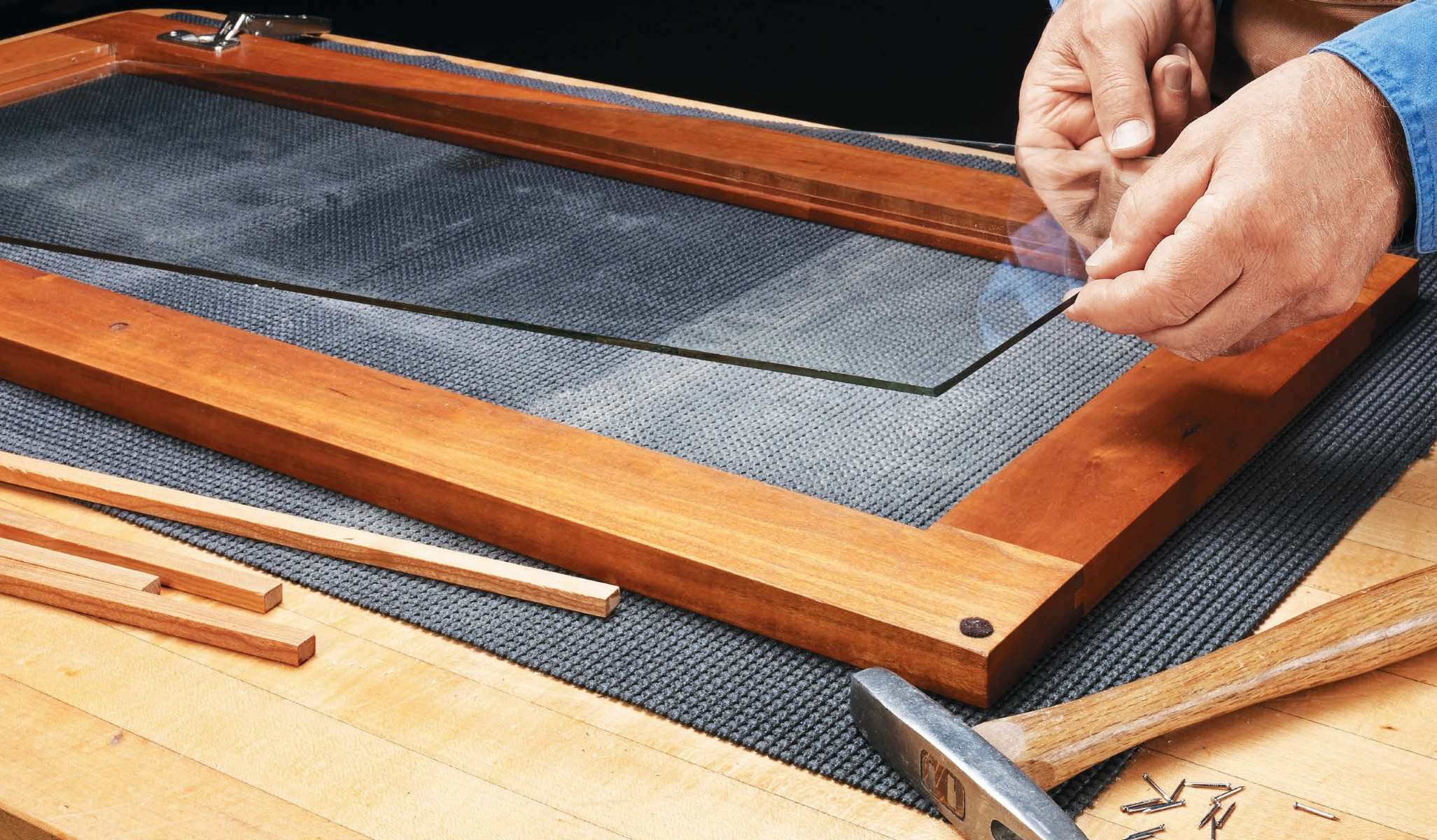
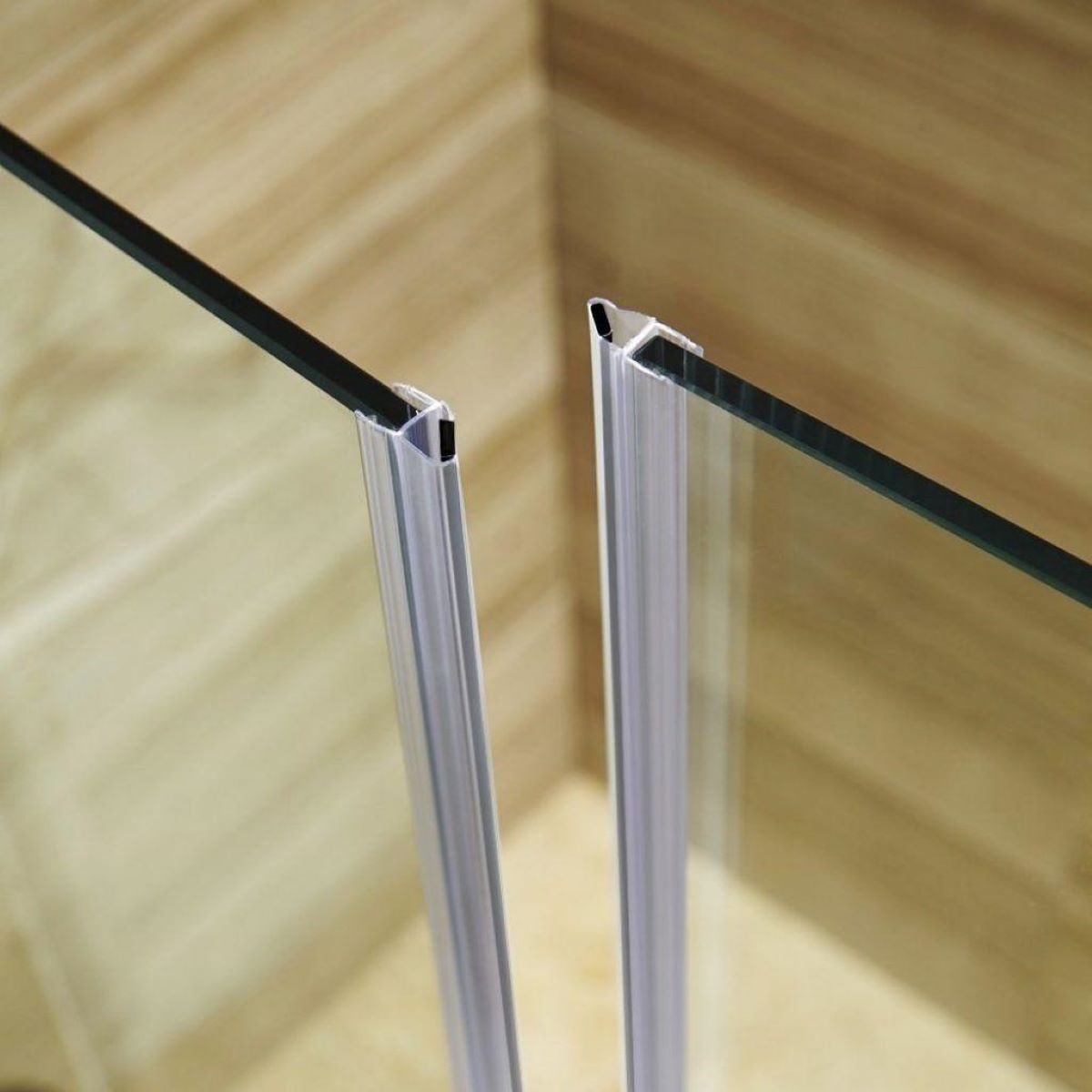
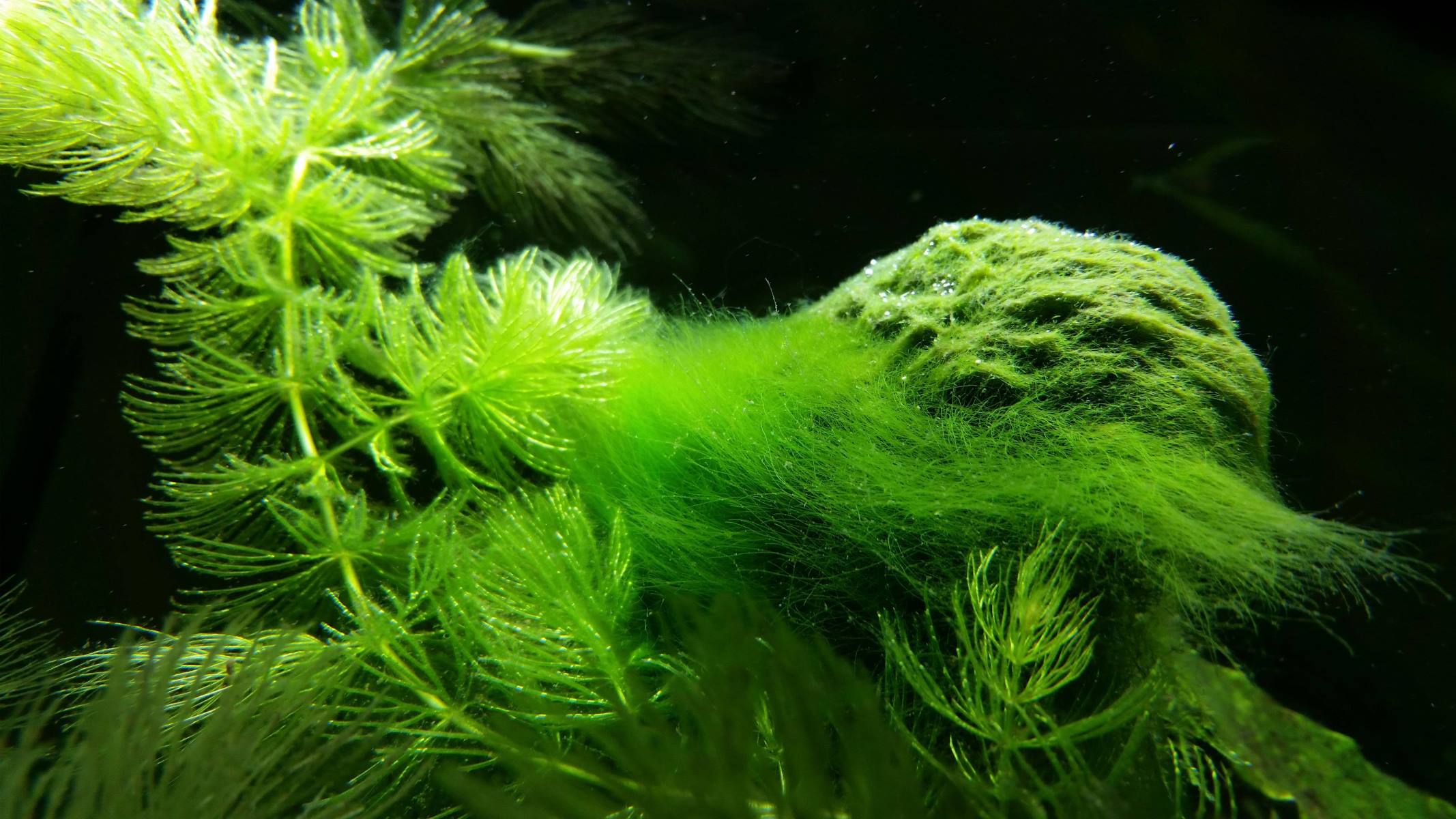
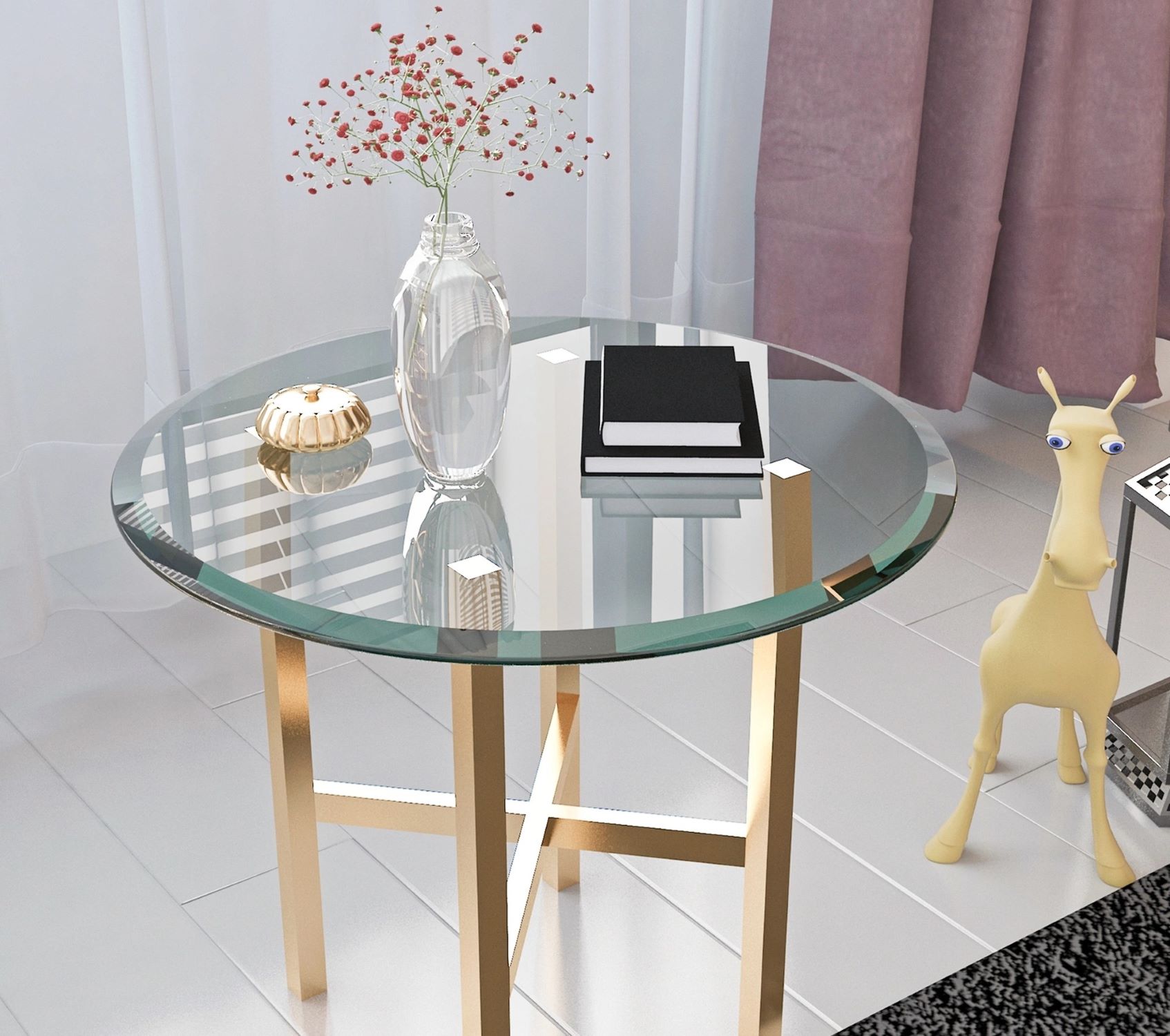
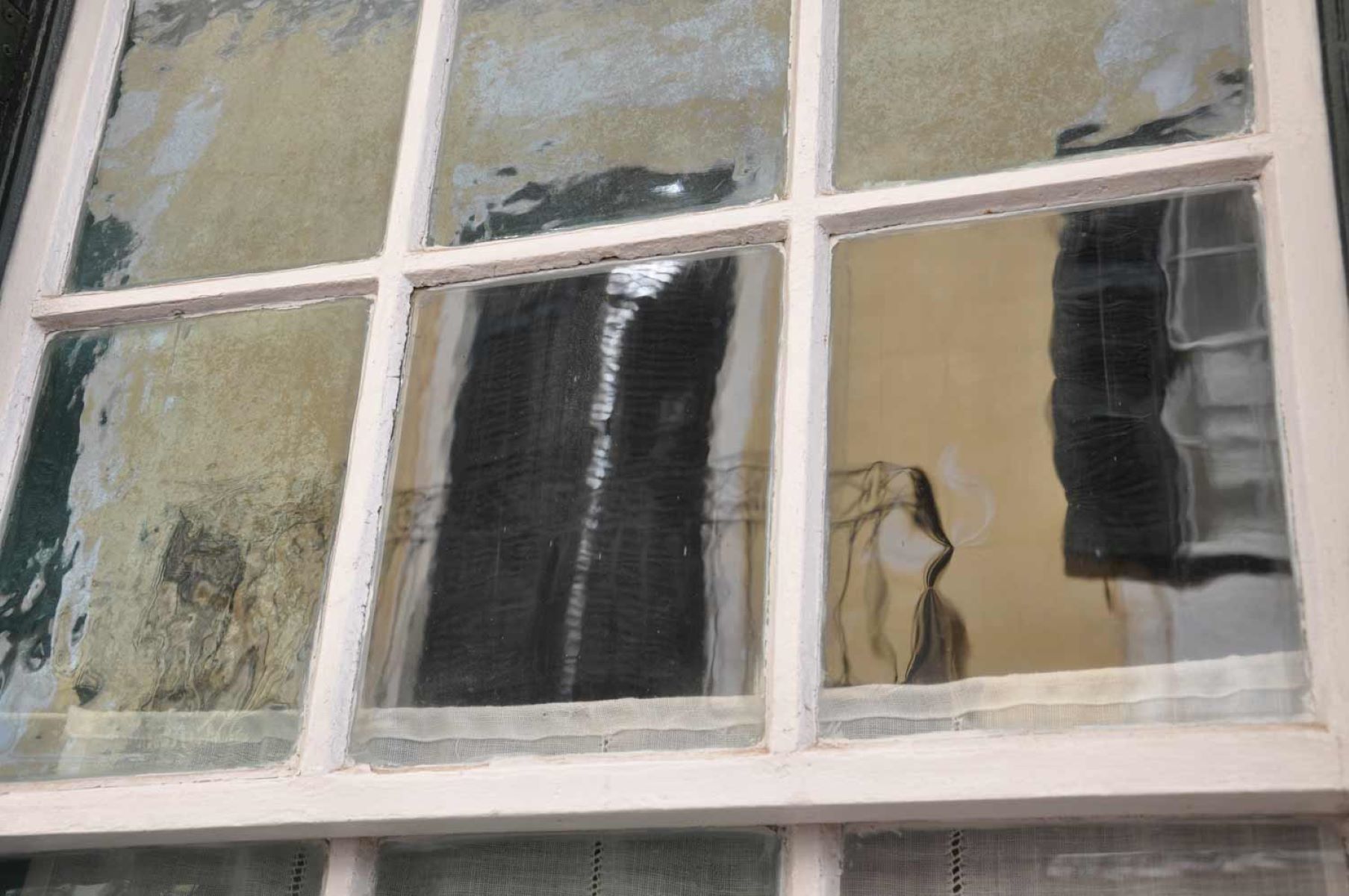
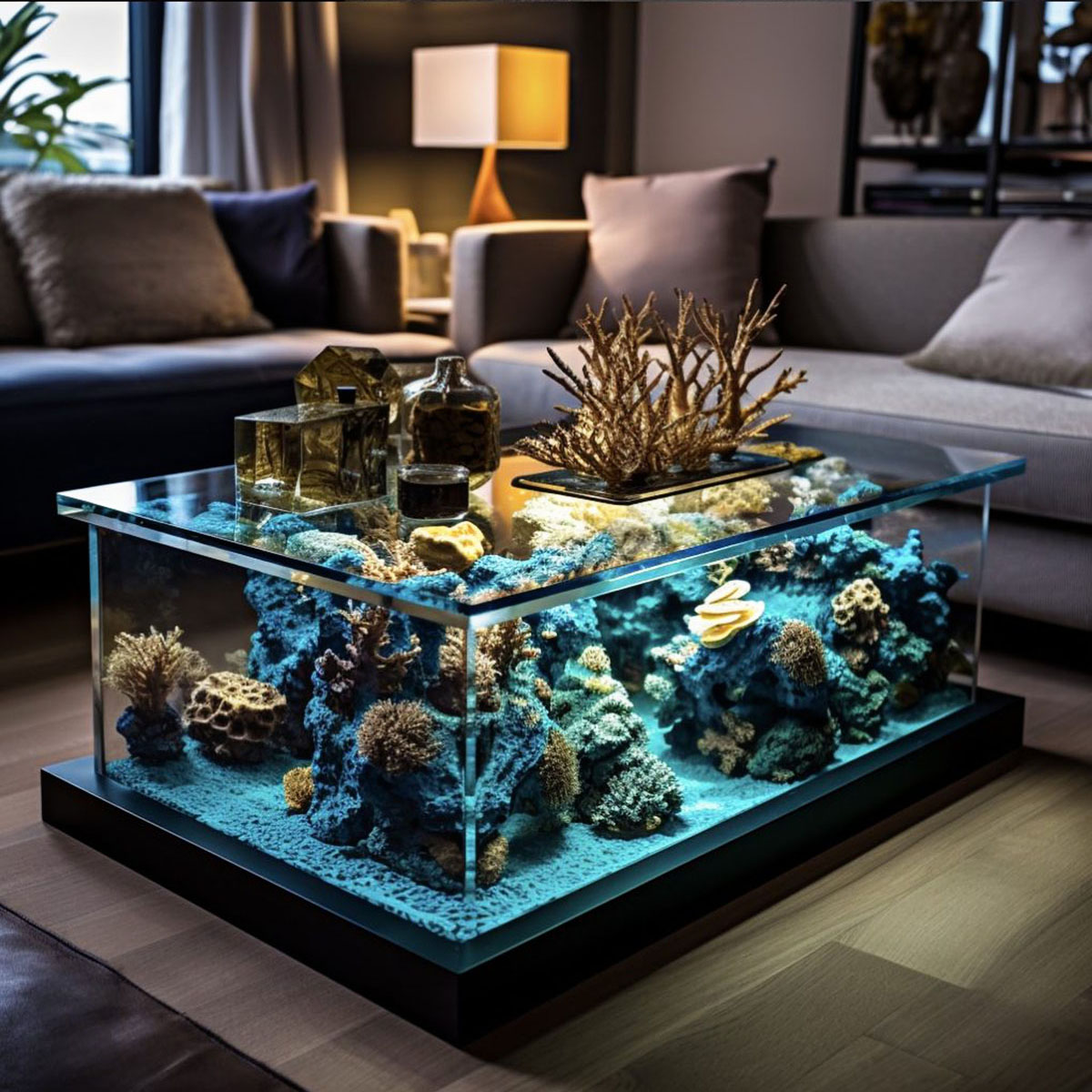

0 thoughts on “How Thick Is Aquarium Glass”